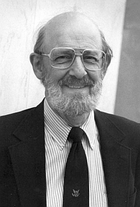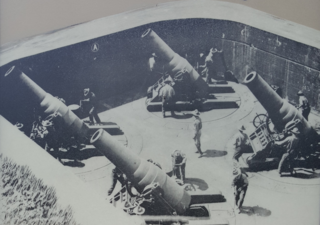
Fort Slocum, New York was a US military post which occupied Davids Island in the western end of Long Island Sound in the city of New Rochelle, New York from 1867 to 1965. The fort was named for Major General Henry W. Slocum, a Union corps commander in the American Civil War.

Camp Hero State Park is a 754-acre (3.05 km2) state park located on Montauk Point, New York. The park occupies a portion of the former Montauk Air Force Station.

Fort Mott, located in Pennsville, Salem County, New Jersey, United States, was part of the Harbor Defenses of the Delaware, a three-fort defense system designed for the Delaware River during the postbellum and Endicott program modernization periods following the American Civil War and in the 1890s. The other two forts in the system were Fort Delaware on Pea Patch Island and Fort DuPont in Delaware City, Delaware. It was active for the Spanish American War and World War I. It was closed in 1944, and sold to the state of New Jersey to become Fort Mott State Park.

Fort Funston is a former harbor defense installation located in the southwestern corner of San Francisco. Formerly known as the Lake Merced Military Reservation, the fort is now a protected area within the Golden Gate National Recreation Area (GGNRA) and is used widely as an off-leash dog park. It was named in honor of Frederick N. Funston (1865–1917), a Major General in the United States Army with strong connections to San Francisco, and included several artillery batteries. The fort is located on Skyline Boulevard at John Muir Drive, west of Lake Merced.

Fort Mansfield was a coastal artillery installation located on Napatree Point, a long barrier beach in the village of Watch Hill in Westerly, Rhode Island.

Sagamore Hill Military Reservation was a coastal defense site located in Sagamore Beach, Massachusetts. Today, the site is the location of Scusset Beach State Reservation.

Barneys Joy Point Military Reservation was a World War II coastal defense site located in Dartmouth, Massachusetts.

Brewster Islands Military Reservation was a coastal defense site located on Great Brewster Island and Outer Brewster Island in Boston Harbor, Massachusetts as part of the Harbor Defenses of Boston.
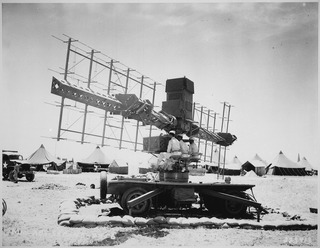
Calf Island Military Reservation was a World War II coastal defense site located on Calf Island in Hull, Massachusetts.

Elizabeth Islands Military Reservation was a World War II coastal defense site located on Cuttyhunk Island and Nashawena Island in the town of Gosnold, Massachusetts.

Fourth Cliff Military Reservation was a World War II coastal defense site located near Scituate, Massachusetts, USA. It is now a recreation area for Hanscom Air Force Base.

Mishaum Point Military Reservation was a coastal defense site located in Dartmouth, Massachusetts as part of the Harbor Defenses of New Bedford.

Salisbury Beach Military Reservation was a coastal defense site located in Salisbury, Massachusetts.

Fort Ruckman was a U.S. Coast Artillery fort located in Nahant, Massachusetts. Originally called the Nahant Military Reservation, the fort was laid out in 1904-1907 and covered an area of about 45 acres just northwest of Bass Point, on the southwest side of the Nahant peninsula. During the 1920s, this area was renamed in honor of Maj. Gen. John Wilson Ruckman, a former Colonel in the Coast Artillery.
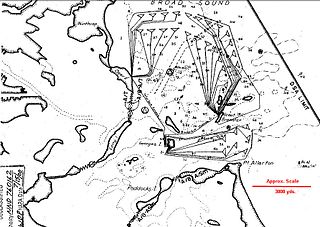
Fort Dawes was a World War II Coast Artillery fort located on Deer Island in Winthrop/Boston, Massachusetts. It was part of the Harbor Defenses of Boston.
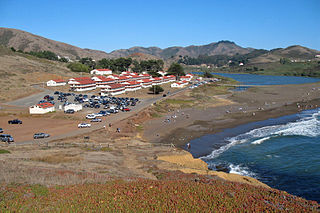
Fort Cronkhite is one of the components of California's Golden Gate National Recreation Area. Today part of the National Park Service, Fort Cronkhite is a former US Army post that served as part of the coastal artillery defenses of the San Francisco Bay Area during World War II. The soldiers at Cronkhite manned gun batteries, radar sites, and other fortifications on the high ridges overlooking the fort.

Butler Point Military Reservation was a coastal defense site located in Marion, Massachusetts as part of the defenses of the Cape Cod Canal.

Oak's Inn Military Reservation was a coastal defense site located in Misquamicut, Rhode Island in the town of Westerly, overlooking Misquamicut State Beach. It was part of the Harbor Defenses of Long Island Sound. Today, the site is a residential development.
The 27th Coast Artillery Battalion was a Coast Artillery battalion in the United States Army. It was the garrison of the Harbor Defenses of Bermuda, part of the US Army's Bermuda Base Command, from February 1942 through June 1944. A predecessor unit in World War I was the 27th Artillery (Coast Artillery Corps), which existed briefly from October through December 1918.
Fort Greene in Newport, Rhode Island was a small fort built circa 1794 at Battery Park in the Point section of Newport, last active in the War of 1812. It was named for General Nathanael Greene of the Revolutionary War, who was born in Rhode Island. It was built as part of the First System of US seacoast fortifications circa 1794. The location is now Battery Park at Easton's Point, which was sometimes called North Point in the 18th century. It was on the site of a previous battery built in the American Revolution with state resources, called the North Battery. The seawall remains from Fort Greene and is curved at this point.
